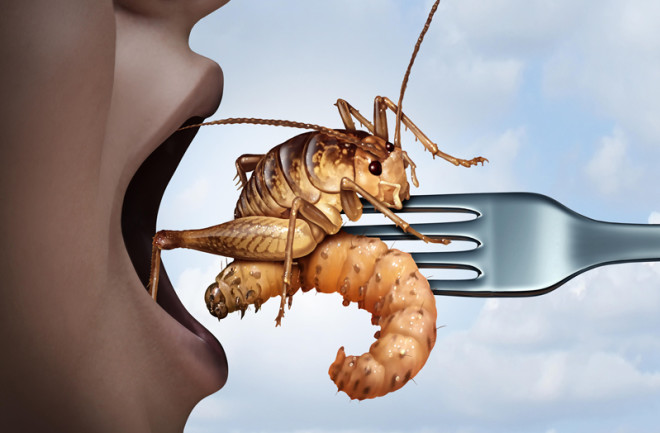In a dimly lit warehouse in Austin, Texas, a team of robots and scientists is raising millions of six-legged livestock every month. Once fully grown, these edible insects are roasted and seasoned, mixed into granola or ground into flour.
The quarry? Crickets.

